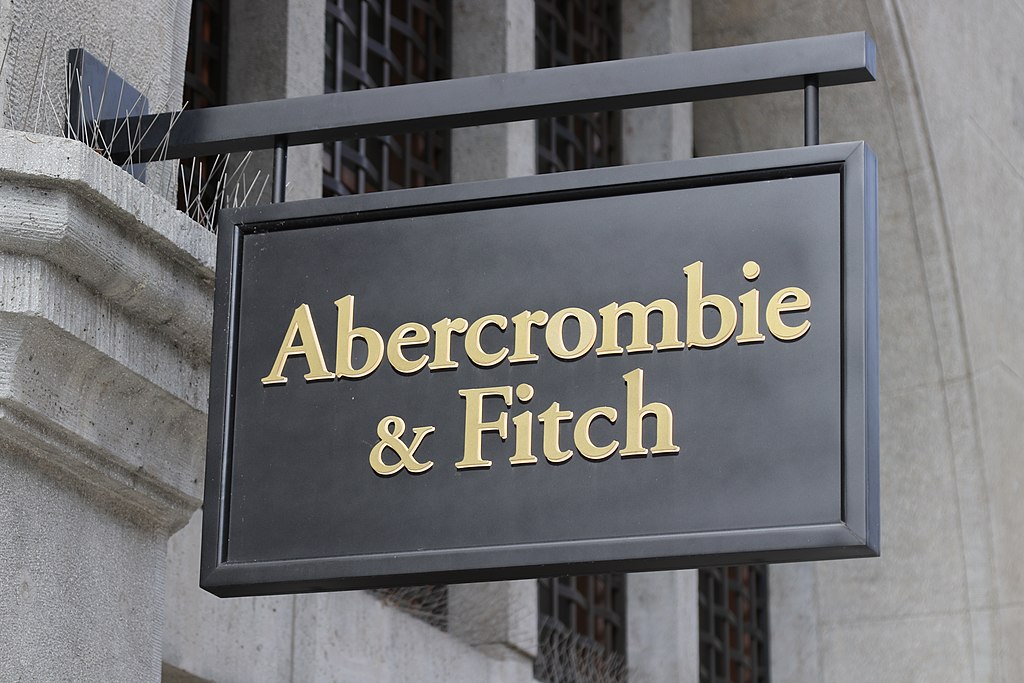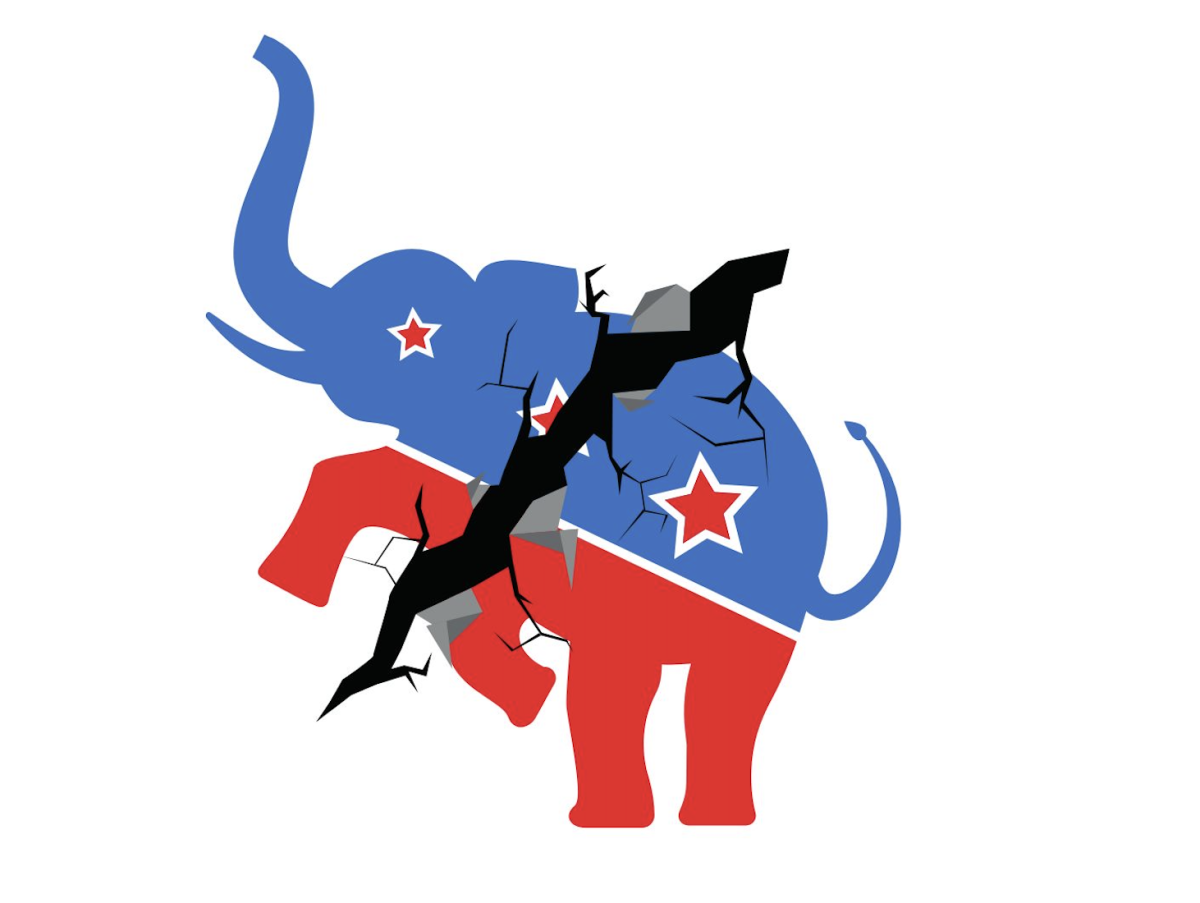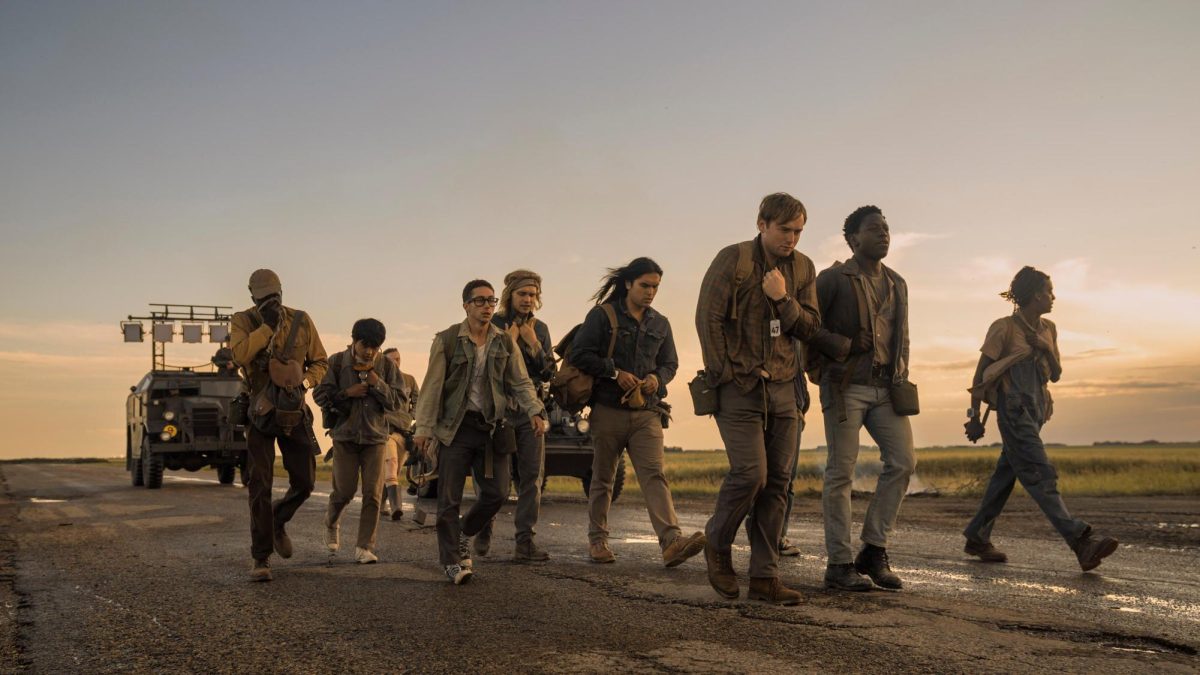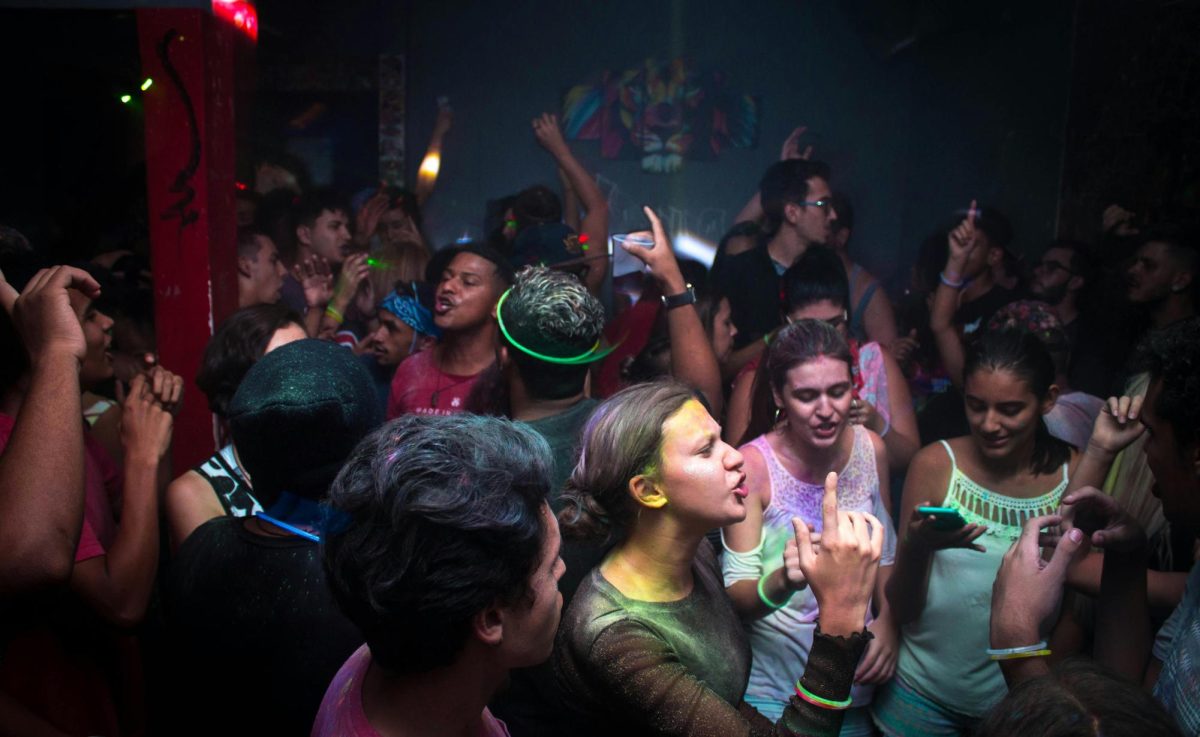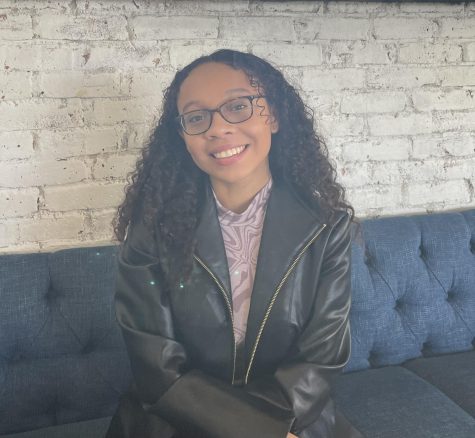Content Warning: “Abercrombie & Fitch: Abuse Hidden In Plain Sight” discusses topics related to sexual assault, including descriptions/experiences that may be upsetting for some readers.
On Oct. 22, former CEO of Abercrombie & Fitch Mike Jeffries was arrested by the FBI on charges of sex trafficking and international prostitution. He, along with his romantic partner Matthew Smith and business partner James Jacobson, are accused of operating an international prostitution ring from at least 2008 to 2015, exploiting young male models. Jeffries served as CEO of Abercrombie & Fitch from 1992 to 2014, during the height of the brand’s popularity. During this time, Jeffries faced widespread controversy for the brand’s exclusionary image and sexually suggestive advertising featuring young adults and teenagers.
Jeffries and other key figures at Abercrombie have been previously accused of sexual assault and misconduct by dozens of former models and assistants, with many describing the abuse as an “open secret” amongst the models. The arrest, along with the long history of allegations, has caused many to question: was this abuse hidden in plain sight, and what does this reveal about the abuse of power in the modeling industry?
Mike Jeffries’ arrest followed a BBC investigation and a class action lawsuit that uncovered the widespread sex trafficking ring. Prior to his arrest, Jeffries was sued in 2023 in a class action lawsuit by dozens of former Abercrombie & Fitch models for sex trafficking. The BBC investigation, which later became the basis for a documentary and podcast, revealed that Jeffries, along with his partners, threw “sex events” around the world, coercing young models to participate through “fraud and deceptive tactics.” These tactics included misleading the victims into believing these events would be modeling opportunities and warned them that not participating would harm their careers. If convicted, Jeffries, now 80 years old, will be facing life in prison.
Since the beginning of Jeffries’ tenure as CEO of Abercrombie & Fitch in 1992, he has faced numerous controversies and lawsuits regarding the brand’s image. Throughout the 1990s and early 2000s, the brand’s image was built around the idea of the “cool All-American” teenager; it was marketed using predominantly white upper-class teenagers who fit conventional beauty standards. It then sexualized these models through advertisements and sold this image to a generation of teenagers as something to aspire to. The brand’s overt message of “exclusion” led to two prominent lawsuits accusing the company of discriminating against people of color. In 2003, Abercrombie settled a class action lawsuit that alleged they terminated employees of color because they did not fit their brand image. In 2015, the United States Supreme Court ruled in favor of Samantha Elauf, a Muslim woman who was denied employment at Abercrombie due to her hijab. Jeffries’ fetishization and obsession with young, white and conventionally attractive teenagers bled into the brand’s image and left a controversial mark. It ultimately harmed a generation of teenagers by reinforcing stereotypes and creating an unrealistic standard of beauty, which was constantly depicted in Abercrombie’s advertisements.
The brand’s legacy of discrimination and sexualization of white American teenagers extended into an abuse of power among Abercrombie’s high-power executives and top collaborators. One of the most prominent photographers in the industry and heavily associated with Abercrombie, Bruce Weber, was accused of sexual harassment by over 20 male models and assistants. Many of these assaults took place at photoshoots, where Weber used “breathing exercises” to assault victims by touching around their genitals. Many models referred to the rampant abuse at Abercrombie as an open secret within the company, with staff members working at these “sex parties,” often wearing Abercrombie branded shirts and using emails attached to the company. Jeffries’ arrest has caused many to re-examine the power imbalances in the modeling industry, and are taking steps to protect models from exploitation. Most of the victims were young, aspiring models just starting in their professions, and many felt speaking out would ruin their careers in an instant. Models who tried to stop assaults from Jeffries and Weber were immediately terminated and blacklisted from future Abercrombie photoshoots. When power goes unchecked and unregulated, it creates an opportunity for it to be abused and ultimately harm many individuals as a result. During his time as CEO, Jeffries’ power and influence effectively silenced and prevented victims from speaking up and coming forward.
The fact that Jeffries is only now getting arrested after more than a decade of sexual abuse and countless victims points to a massive failure to protect those in the modeling industry. While laws such as the New York Adult Survivors Act have helped victims file lawsuits against their abusers through a long lookback window they don’t exist in every state. These laws also do little, if anything, to prevent abuse from happening in the first place. Jeffries’ arrest should serve as a wake-up call for the modeling industry, highlighting a need to reexamine its practices and implement measures to prevent abuse and exploitation in the future.

